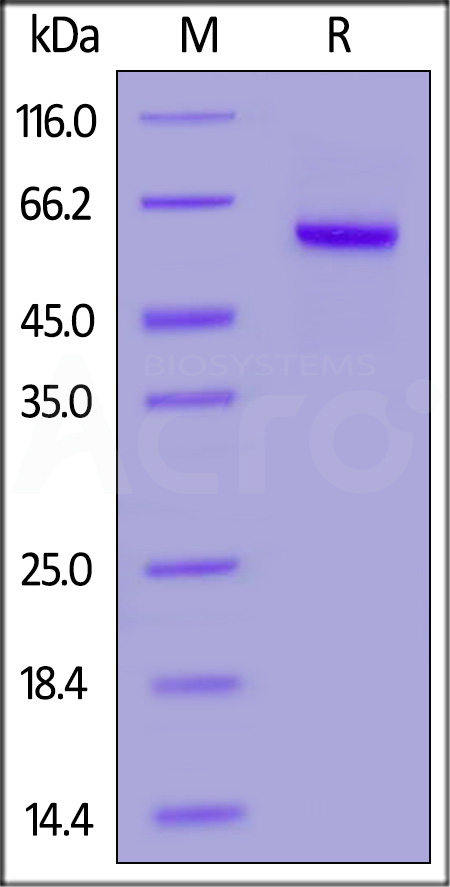Safety, Tolerability, Pharmacokinetics, Pharmacodynamics, and Immunogenicity of ALXN1820 (Tarperprumig) in Healthy Adults: Results of a Phase I StudySandhu, Shen, Herrero
et alClin Transl Sci (2025) 18 (4), e70190
Abstract: Properdin is an endogenous positive regulator of the complement alternative pathway (AP). Tarperprumig (ALXN1820), a novel humanized bispecific antibody, binds properdin and albumin and is being developed to treat complement-mediated diseases. This phase I, randomized, double-blind, placebo-controlled trial assessed the safety, tolerability, pharmacokinetics (PK), pharmacodynamics, and immunogenicity of tarperprumig in healthy adult participants. In cohorts 1 to 4 and 6, single doses of tarperprumig were administered via subcutaneous (SC) injection (12.5, 50, 150, 450, and 1200 mg doses). In cohorts 8 and 9, the 150 mg dose was given via SC injection once weekly for 5 doses. In cohort 5, a single dose of 450 mg was administered via intravenous infusion. Sixty participants were randomized (3:1) to tarperprumig or placebo. There were no discontinuations due to adverse events (AEs) in participants receiving tarperprumig. There were no serious AEs, events of serious infection, or deaths. No N. meningitidis infections occurred. Most AEs were mild and not treatment related. Tarperprumig exposure resulted in linear dose proportionality among all but one cohort. Mean absolute bioavailability of tarperprumig was 94%. AP activity decreased rapidly after tarperprumig administration. Complete AP inhibition (< 1% of baseline value) was observed in all cohorts except for cohort 1 (12.5 mg SC). There was no change in complement classical or lectin pathway activity. Antidrug antibody titers were mostly low and did not impact PK. Tarperprumig was well tolerated and completely inhibited the AP in healthy adults. These results support continued investigation of tarperprumig to treat diseases involving complement activation. Trial Registration: EudraCT: 2021-002472-39/NCT04631562.© 2025 The Author(s). Clinical and Translational Science published by Wiley Periodicals LLC on behalf of American Society for Clinical Pharmacology and Therapeutics.
Evaluation of serum and peritoneal fluid mannose-binding lectin associated serine protease-3, adipsin, properdin, and complement factor-H levels in endometriosis patientsEşkin Tanrıverdi, Kaya Sezginer, Erol Koç
et alInt J Gynaecol Obstet (2025)
Abstract: Endometriosis is a chronic disease which has been reported to be associated with distorted immune mechanisms. The alternative pathway is a complement system which plays a role in immune defense. The present study aimed to evaluate whether the level of alternative complement molecules differ in women with endometriosis compared to heathy individuals.A total of 58 women participated in this prospective research. Women with a diagnosis of endometriosis confirmed by laparoscopy (n = 32) were compared to healthy women (n = 26) in terms of serum adipsin, properdin, mannose-binding lectin-associated serine protease-3 and complement factor-H (CFH) levels. The peritoneal fluid samples which were taken during the endometriosis surgery were also analyzed in terms of the complement levels. The clinical and demographic data including the serum CA-125 level and pelvic pain were also analyzed. SPSS version 23.0 was used in statistical analysis.The serum levels of adipsin and CFH were found to be significantly increased in women with endometriosis (P = 0.027 and P = 0.040, respectively). Serum adipsin level was found to significantly correlate with serum CA-125 level (r = 0.320, P = 0.015), serum CFH level (r = 0.705, P < 0.001), and degree of the pelvic pain complaint (r = 0.326, P = 0.013). A strong, positive correlation was also observed between peritoneal fluid levels of adipsin, and CFH (r = 0.593; P < 0.001).To the best of our knowledge, the present study is the first to evaluate the alternative complement system in women with endometriosis. The current findings may be noteworthy to elucidate the possible role of the key molecules of the alternative pathway in endometriosis pathogenesis.© 2025 International Federation of Gynecology and Obstetrics.
Alternative Complement Pathway in Carotid Atherosclerosis: Low Plasma Properdin Levels Associate With Long-Term Cardiovascular MortalityLouwe, Gialeli, Michelsen
et alJ Am Heart Assoc (2025) 14 (3), e038316
Abstract: Complement activation may promote atherosclerosis. Yet, data on the to which extent complement, and more specifically the alternative complement pathway, is activated in patients with carotid atherosclerosis and related to adverse outcome in these patients, are scarce.We measured, by ELISA, plasma levels of factor D, properdin, C3bBbP (C3 convertase), and factor H in patients with advanced carotid atherosclerosis in a Discovery (n=324) and in a Validation (n=206) cohort in relation to adverse outcome (mean follow-up 7.8 and 6.6 years, respectively). Our major findings were as follows. Compared with healthy controls, patients with carotid atherosclerosis had increased plasma levels of factor D, properdin, and C3bBbP (P<0.001), but not factor H, an inhibitor of the alternative complement pathway, compared with controls. Although patients with carotid atherosclerosis had elevated levels of properdin compared with controls, within these patients, low plasma levels of properdin (ie, <median levels of properdin in the patient group) were significantly associated with cardiovascular mortality. This was seen in both the Discovery (HR 2.31, P=0.019) and the Validation cohort (hazard ratio [HR], 2.81, P=0.014). In contrast to the low circulating levels, high intraplaque properdin levels (assessed by ELISA) correlated with markers of plaque vulnerability and symptomatology.We show a strong and independent association of low plasma properdin levels with cardiovascular mortality in 2 cohorts. Conversely, the plaque properdin levels linked to features of plaque vulnerability, potentially reflecting increased deposition at the site of inflammation or local production of properdin in the atherosclerotic lesion indicating local enhanced alternative complement pathway activation.

























































 膜杰作
膜杰作 Star Staining
Star Staining















